What clothes did male convicts wear?
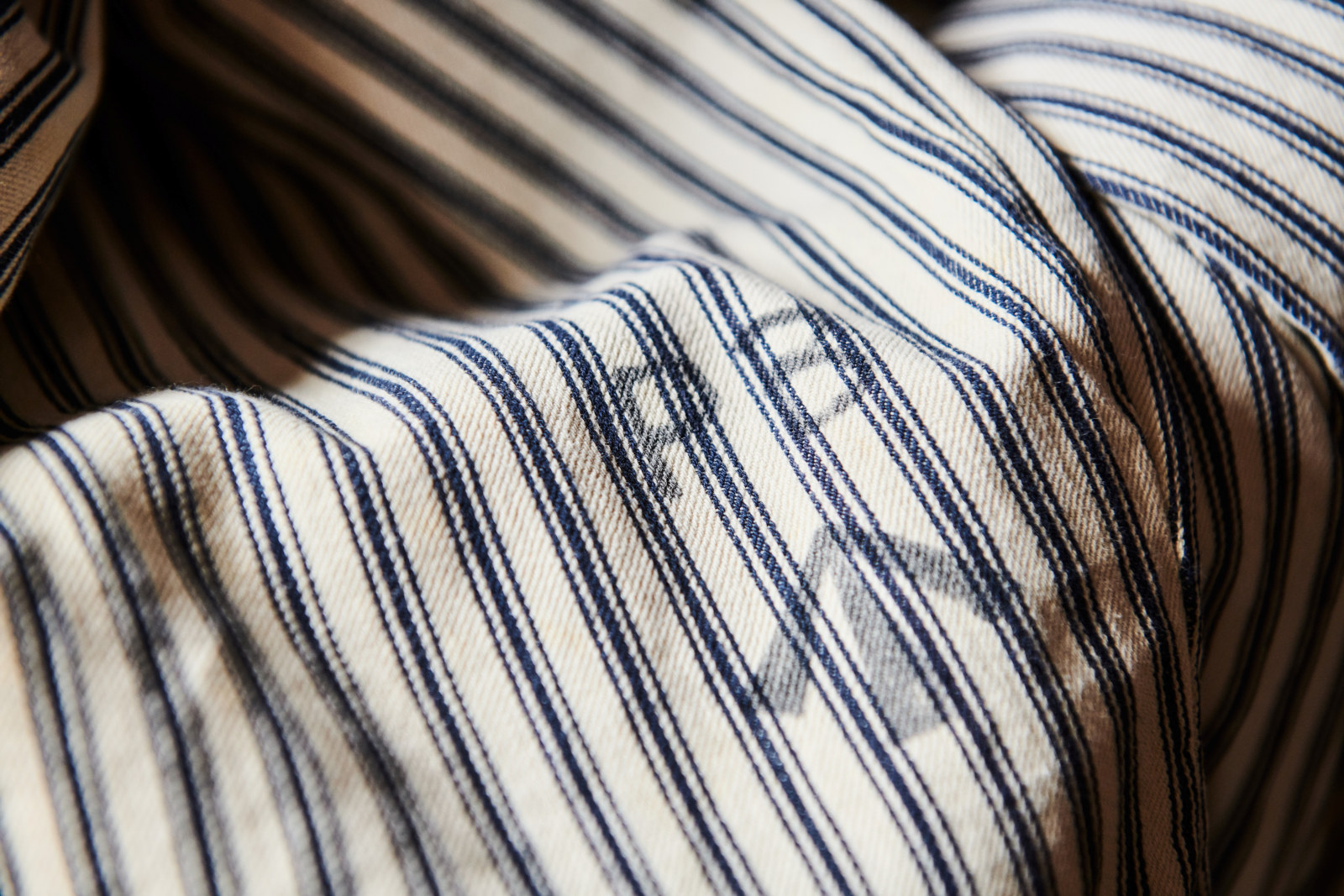
The convict men who lived at Hyde Park Barracks were provided with a uniform to mark them as ‘government men’.
During the 1820s, convicts at the Barracks were issued a uniform twice a year. This included:
- a cotton shirt
- white canvas trousers
- a thick blue woollen jacket
- a yellow and grey waistcoat
- stockings (long socks)
- shoes
- a neckerchief
- a woollen or leather cap
Some of the men arriving from the ships had trunks brought with them containing a few simple possessions, but on arrival these were taken away and looked after by the storekeeper.
The Barracks was built to house up to 600 men but it was almost always overcrowded. Sometimes there were as many as 1700 men living in it at any one time, so there was no space for wardrobes or cupboards to store the men’s belongings.
The clothes
The clothes were called ‘slops’ because they were sloppy and often too big for the men, so some had to make belts and braces from recycled materials to hold up their trousers.
All of the government issued clothes were stamped with government markings, a ‘broad arrow’ and sometimes the letters ‘PB’ (which stood for Prisoners Barracks). This was so that people in the town knew that the men were convicts.
It also made it hard for convicts to sell their clothes, because the markings showed that the items belonged to the government. Some items of clothing, such as shirts, were particularly valuable, because convicts only had two each per year!
The men were allowed to keep their old uniforms and would have worn them under their newer clothes to stay warm during winter. They also tore them into squares and strips of cloth and used these to patch and mend their clothes.
Convicts washed their clothes on Monday and Friday using soap and water from the Barracks well. They may have hung the clothes up in the yard to dry.
However, shirts were often stolen, so some convicts simply wore their newly washed shirts and let them dry on their backs. Once a week the men also had to wash themselves.
By the 1830s, convicts were being issued three shirts and three pairs of shoes. A convict’s
Object: shoes often wore out quite quickly because they walked for many hours each day on rough roads, and they had to wait for many months until the next issue of new shoes.
Items of clothing were often stolen and sold or swapped for luxury items like food, alcohol or pipe tobacco. Convicts caught stealing clothes could expect to be harshly punished.
For example, in September and October 1826 two convicts at the Barracks, John Wilford and Stephen Curran, were caught stealing clothes. They were punished by being flogged (whipped) with the cat-o’-nine-tails – a very harsh punishment.
In 1836, another Barracks convict, Calvin Sampson, was caught stealing a pair of shoes. He was also flogged, receiving 50 lashes. In the same year, another man was punished by being made to work in an iron gang for three months. His crime was stealing a single shoe.
What can we learn from archaeology?
Many pieces of convict clothing were found under the floorboards at the Barracks by archaeologists. These pieces are valuable primary sources because they help us to understand what convicts wore, how they valued and cared for things, and how they recycled materials.
Convict shirts were stamped with the wearer’s initials, as well as the government markings, to try and stop convicts from stealing other people’s shirts. If you look closely, you can see that one piece has been stamped with ‘BA’.
We know of three convicts with those initials who were once at the Barracks.
Two were named Benjamin Abbott; one arrived in 1822 and the other in 1837. Both died at the hospital (which was next to the Barracks), so perhaps one of those men left his shirt behind, and the other convicts tore it into pieces for recycling into patches.
The archaeologists also found a large number of buttons beneath the floorboards.
These would have originally been attached to convict clothing but probably became loose and fell off. When that happened, other convicts might have collected them for sewing back onto the shirts or to use as gaming pieces.
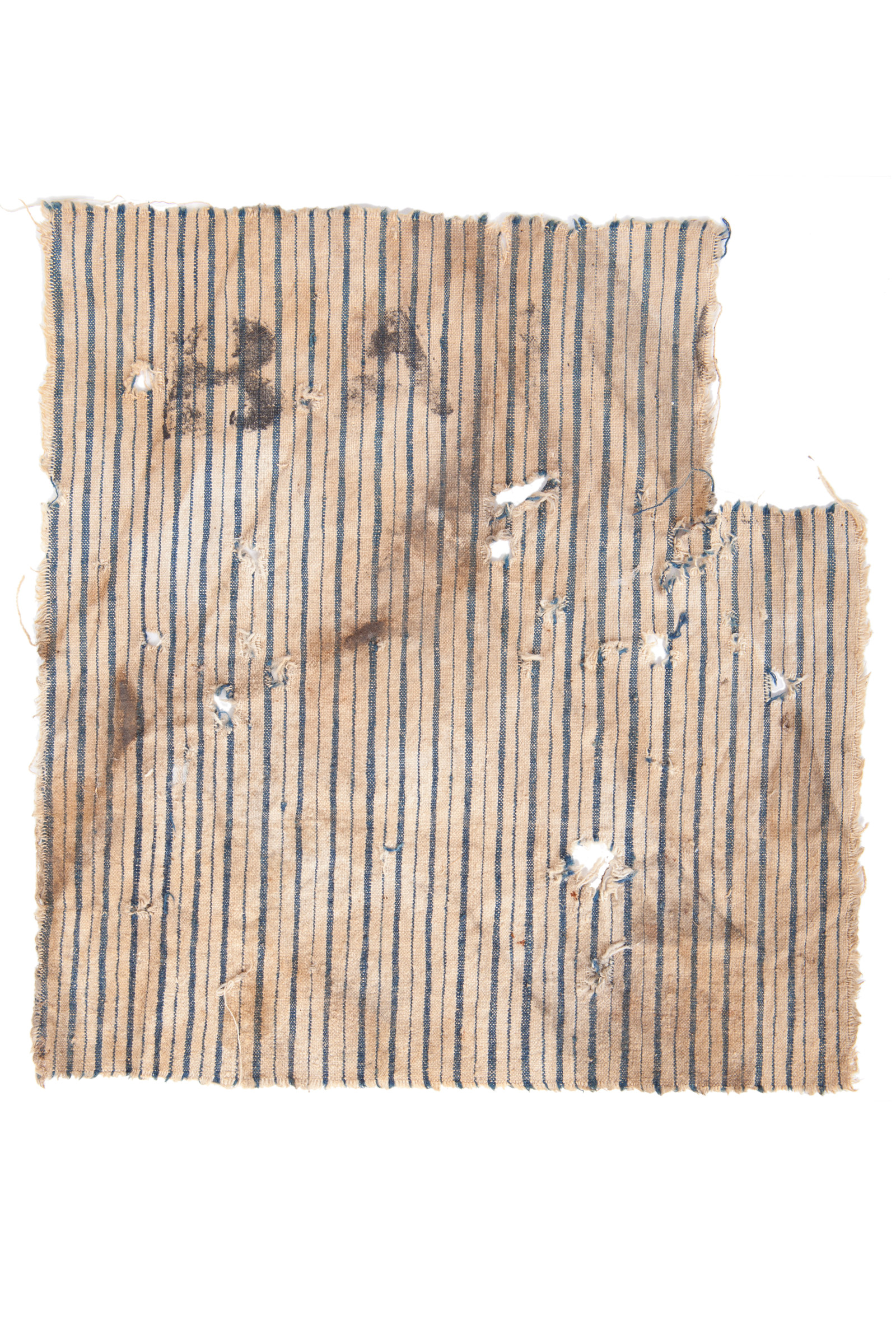
Convict Sydney
Convict shirt scrap, ‘B.A.’
This square scrap of striped convict shirt is curiously stamped with the letters ‘B’ and ‘A’

Convict Sydney
Convict uniform buttons
Archaeologists found over 250 bone buttons, which were once attached to convict shirts, jackets and trousers, and then lost beneath the floors
Related
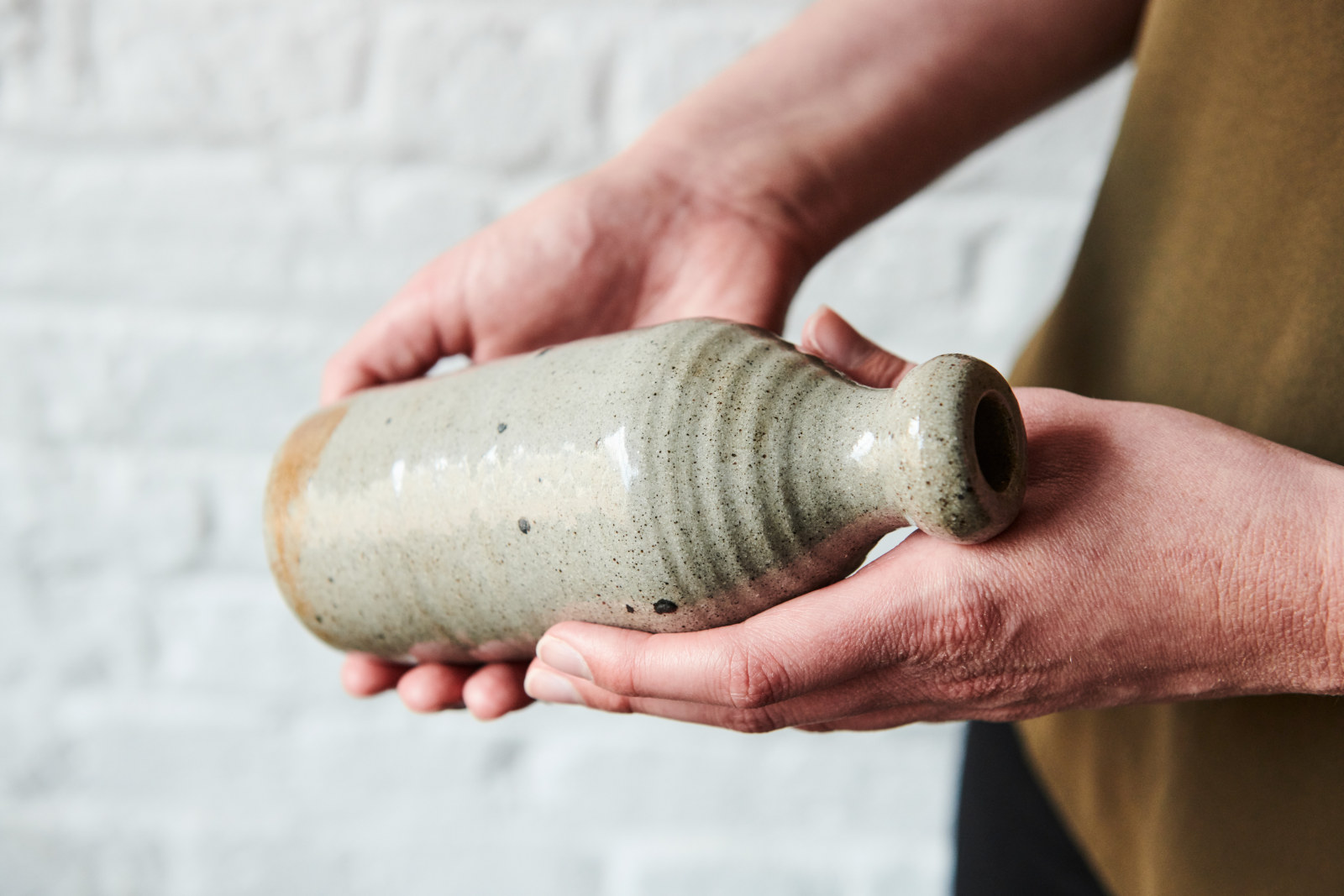
Learning resources
Explore our range of online resources designed by teachers to support student learning in the classroom or at home

Resource
What work did convicts do?
There was a huge amount of work to do around the town of Sydney, and most of it was done by convicts who did lots of different jobs
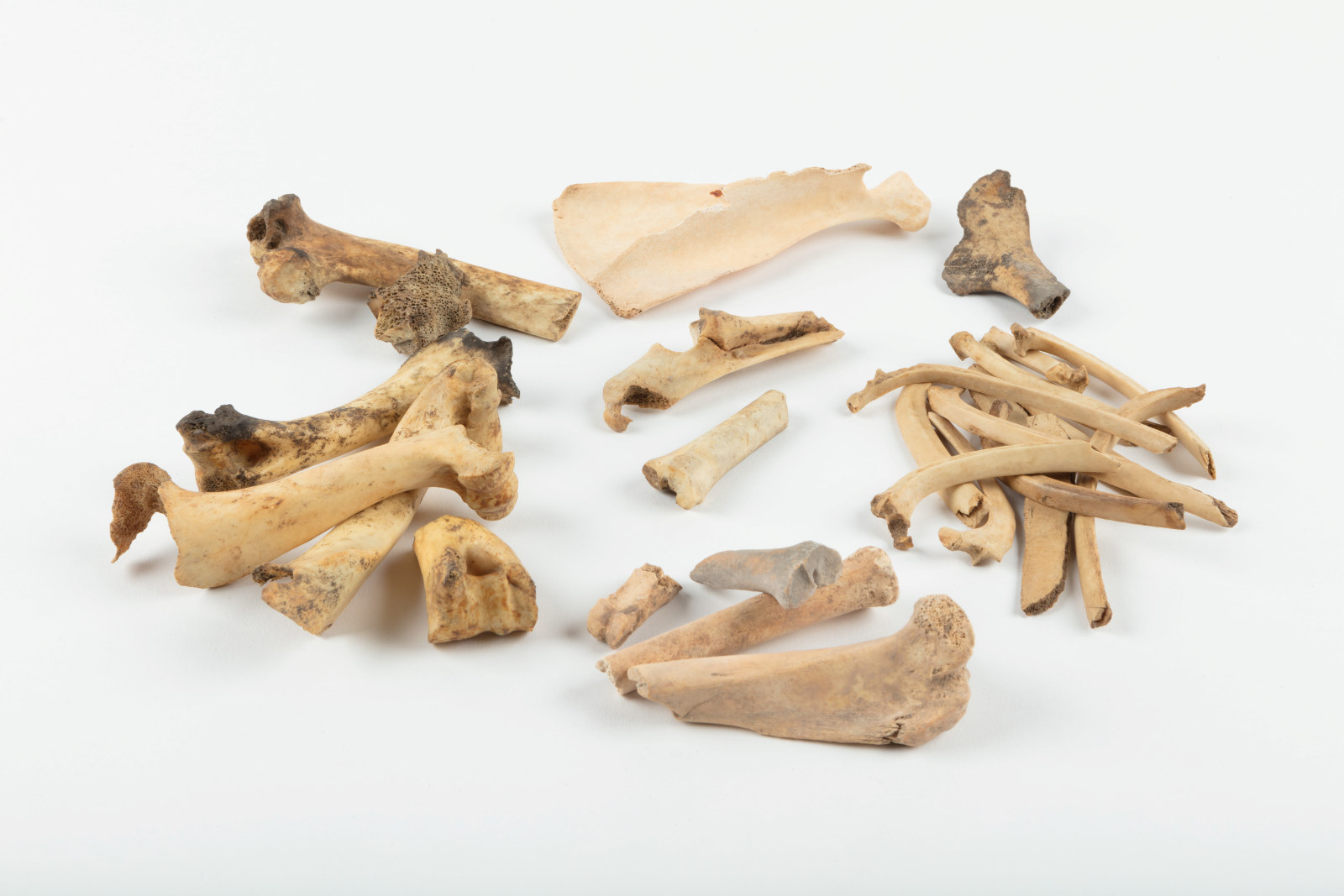
Resource
What food did the convicts eat?
In 1820, the convicts living at the Hyde Park Barracks would have been woken at sunrise by the ringing of a bell in the yard
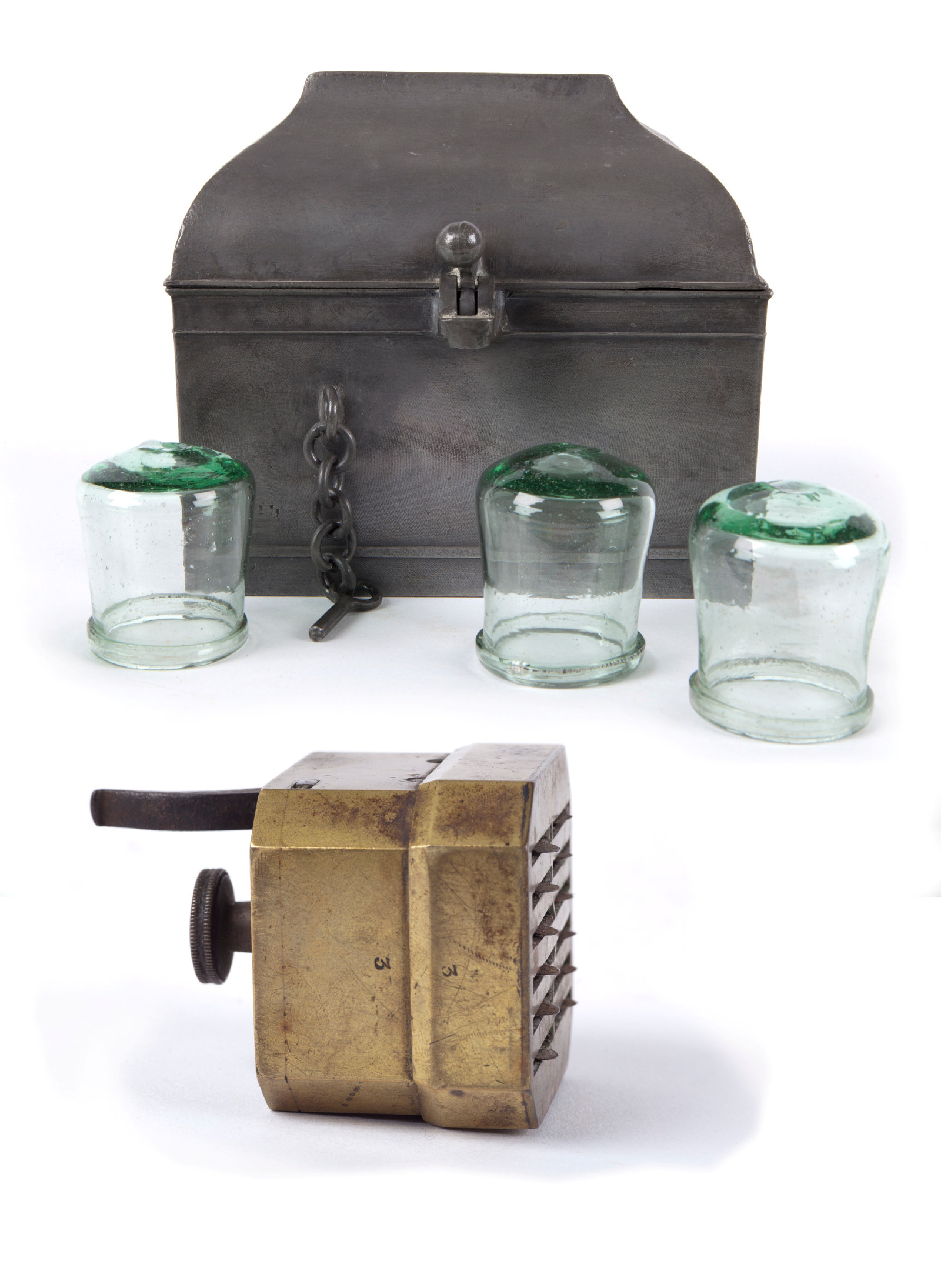
Resource
What happened to sick or injured convicts?
Convicts were needed to do a lot of work around the colony, so it was important that they were kept healthy